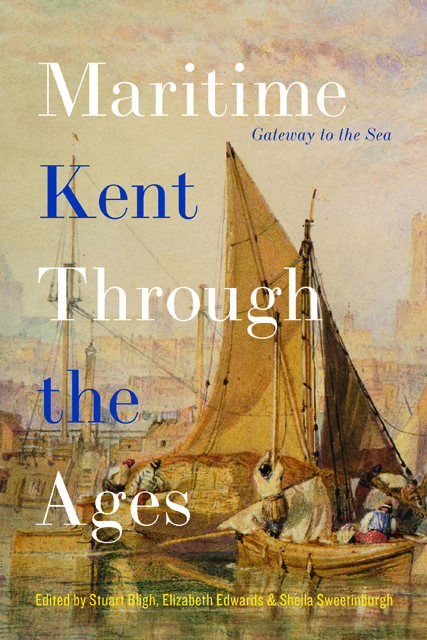7 - Trade and Industry during the Roman Period
Published online by Cambridge University Press: 20 December 2023
Summary
Trade and exchange, both long-distance and local, were major factors in the Roman world. Britain, Rome’s farthest-flung province, participated in this flow of goods, importing and exporting agricultural products, manufactured goods and mineral resources to and from the near Continent and beyond. Kent, as the nearest point to mainland Europe, was well-placed to participate in such activity.
The Augustan period ushered in a ‘Roman cultural revolution’ which saw the spread of new institutions and new mores across the growing empire. This in turn engendered what Woolf has termed a ‘consumer revolution’, as participating in new forms of social and official activities and relationships required the correct forms of dress and the right accoutrements, ushering in a new suite of material culture. Long-distance trade was stimulated and facilitated by these new structures and institutions which both created and supplied demand. The road system, initially developed with military needs in mind, eased the movement of goods across the empire, as did riverine transport and new harbours. Money and goods flowed to the frontiers to supply the troops and consequently stimulated local trade and industry.
In the western provinces, trade appears to have been at its peak in the first two centuries AD; this is the period at which we find greatest evidence for imports and this is the time when there seems to have been the greatest interest in formulating, negotiating and communicating ‘Roman’ identity through the use of material culture.
The Beginnings of the Roman Period in Kent
Although the Roman period in Britain is usually dated from the Claudian invasion in AD 43, some areas, including Kent, clearly had connections to the Roman world prior to this. Close connections with Gaul in the late Iron Age are indicated by the adoption of new habits and traditions reflecting those on the near continent. These include the use of the potter’s wheel and the replacement of inhumation burial by distinctive cremation rites. Caesar believed the maritime regions of southern Britain were inhabited by migrants (‘Belgae’) from the European mainland but there is no conclusive evidence for substantial immigration, despite the strong cultural connections.
- Type
- Chapter
- Information
- Maritime Kent through the AgesGateway to the Sea, pp. 171 - 194Publisher: Boydell & BrewerPrint publication year: 2021



